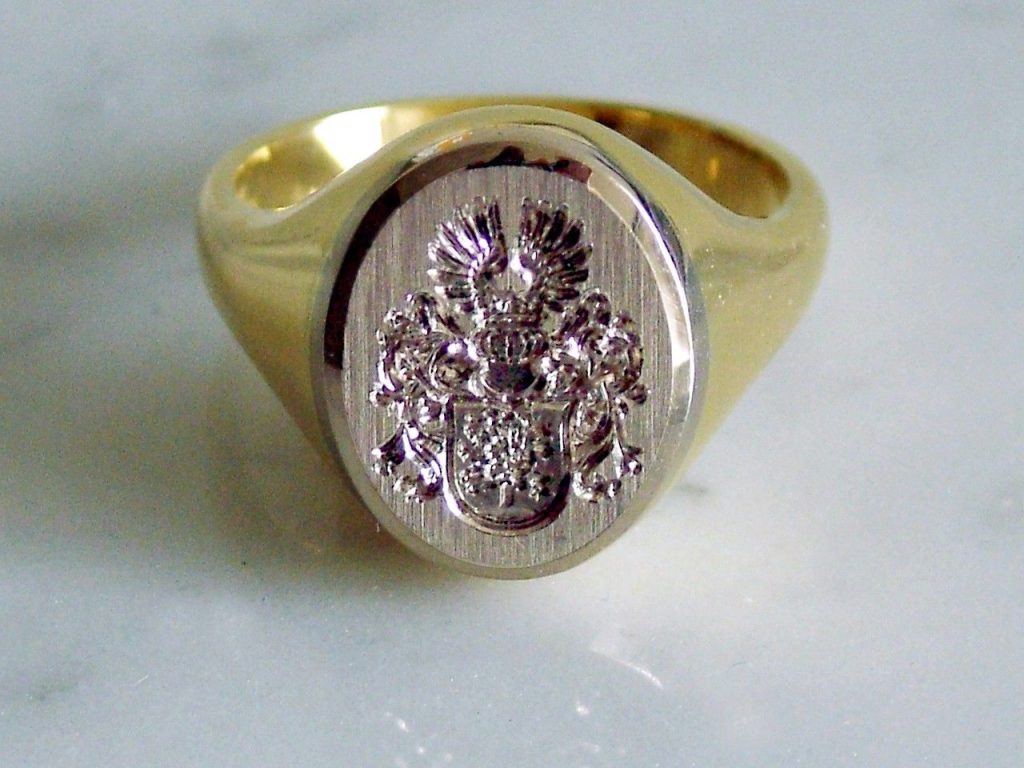The allure of 19th-century jewellery lies in its exquisite craftsmanship, timeless designs, and the romanticism that continues to captivate jewellery lovers today. Pieces from this era, often intricate and opulent, tell the stories of a world steeped in luxury and aristocratic elegance. From diamond tiaras to gemstone-laden brooches, 19th-century jewellery represents a high standard of luxury that influences modern pieces, including engagement rings UK collectors are now eagerly seeking. With rare materials and detailed designs, these historical treasures offer insights into the lavish lifestyles and creative artistry of the period.
The Influence of Royalty on 19th-Century Jewellery
During the 19th century, especially the Victorian period, royalty and the nobility heavily influenced jewellery trends. Queen Victoria, a style icon of her time, had a significant impact on the jewellery industry, setting trends that rippled through society. Her passion for romantic and symbolic jewellery became evident in popular designs of the era. Pieces adorned with hearts, flowers, and serpents were worn as symbols of devotion, love, and eternity. This royal fascination for personal and meaningful jewellery made way for iconic styles that remain popular today, echoing in many engagement rings across the UK and beyond.
Techniques and Materials: Masterpieces of Craftsmanship
Craftsmanship in 19th-century jewellery reached remarkable levels, as artisans employed advanced techniques and high-quality materials to create one-of-a-kind pieces. Enameling, for instance, became a prominent technique, offering vibrant colors that would remain undimmed for centuries. The use of gold was widespread, but with an emphasis on yellow gold, which was favored for its warm, rich hue. Jewellers also experimented with seed pearls, coral, turquoise, and other semi-precious stones, skillfully setting them in gold and silver.
One of the most distinctive features of jewellery from this period is the detailed use of gemstones, with diamonds, rubies, emeralds, and sapphires being sought after by those who could afford them. Diamonds were particularly coveted, often cut in a “rose” or “old mine” style, adding a distinctive shimmer to brooches, earrings, and rings. Pieces that reflect these elements are treasured today, especially by collectors who value their history and ornate beauty.
Styles that Defined the Era
19th-century jewellery was shaped by a range of styles, each capturing the spirit of the era in unique ways. Early in the century, the Georgian style held a strong influence, marked by elaborate, nature-inspired designs. This period valued symmetry and a sense of formality in jewellery design, which resonated with the dignified aesthetics of the Georgian era.
The Victorian era, spanning most of the 19th century, is perhaps the most iconic in terms of jewellery styles. The period was divided into three phases—the Romantic, Grand, and Aesthetic periods—each reflecting changes in social and artistic values. Romantic jewellery celebrated love and sentiment, with lockets and brooches that held locks of hair or photographs of loved ones. The Grand period, which aligned with the Industrial Revolution, saw more elaborate pieces featuring larger gemstones and heavier metals, symbolizing wealth and industrial power.
Lastly, the Art Nouveau movement, which emerged towards the end of the 19th century, introduced fluid lines and nature-inspired motifs, breaking away from traditional designs. Art Nouveau pieces often incorporated natural materials like horn and ivory, paired with gemstones in subtle, pastel shades. This movement’s emphasis on artistic expression laid the foundation for the more liberated designs of the 20th century.
Lasting Legacy and Modern Appeal
Today, the influence of 19th-century jewellery endures, with many designs reappearing in modern collections. The luxurious appeal of antique jewellery is celebrated in contemporary fashion, with both collectors and jewellers drawing inspiration from the past. Many jewellers craft engagement rings in the UK that capture the essence of these historical styles, paying homage to the romanticism and elegance of a bygone era. Vintage and vintage-inspired engagement rings are highly sought after, offering couples a chance to embrace the historical charm and character of 19th-century luxury.
In conclusion, the luxury of 19th-century jewellery remains unrivaled. The era’s masterful craftsmanship, iconic materials, and the variety of styles that evolved through social and artistic shifts left an indelible mark on the world of fine jewellery. As modern collectors and jewellery enthusiasts continue to explore these antique treasures, the legacy of 19th-century jewellery grows richer, preserving the beauty and opulence of a truly luxurious era.




